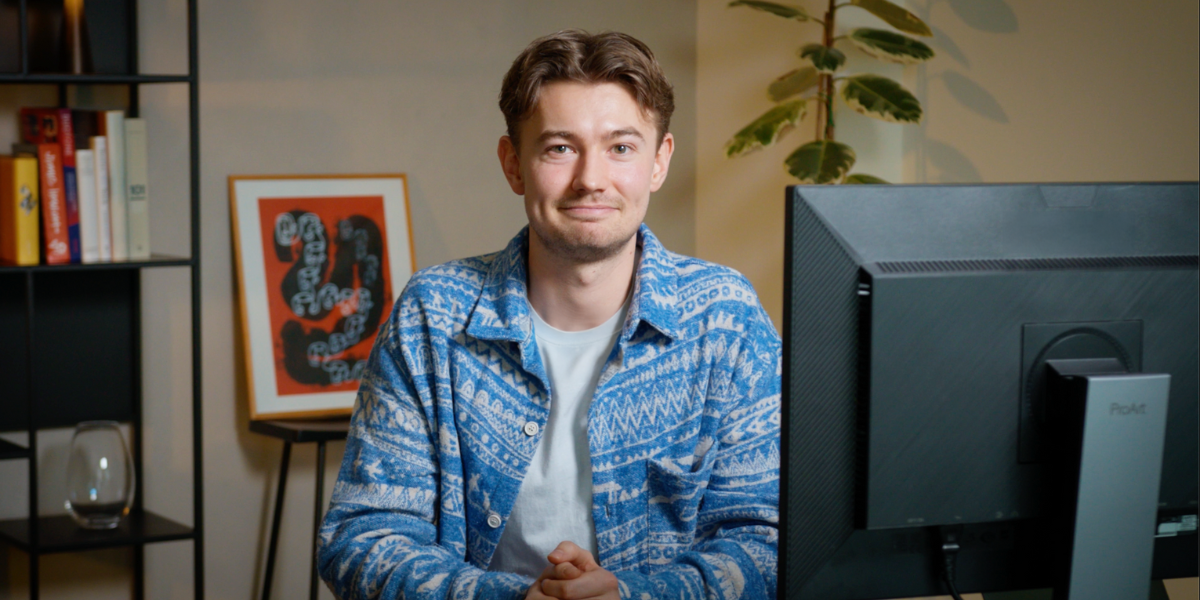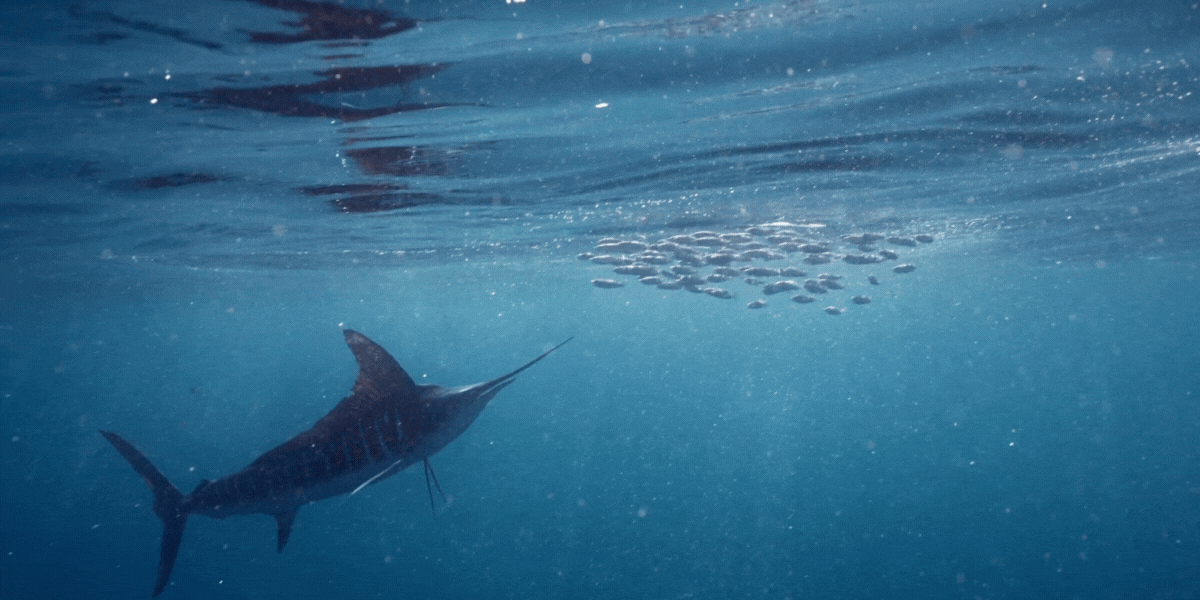Unlocking Your Creative Potential with Freewriting
If you’re here, chances are you’re curious about the concept of freewriting. Perhaps you’ve heard the term bandied about in writing workshops or stumbled upon it in productivity blogs. Either way, you’re probably asking: what exactly is the purpose of freewriting, and how can it help me?
What is Freewriting?
At its core, freewriting is an unfiltered and non-stop writing practice. You write as quickly as you can, letting your thoughts flow freely onto the page, without worrying about grammar, structure, or even coherence. There are no red pen edits here, no agonizing over word choice. Just you, your thoughts, and an endless blank canvas waiting to be filled.
The Purpose of Freewriting: Unleashing the Benefits
Now let's get to it: what is the purpose of this seemingly chaotic exercise? Why would anyone want to write without any guidelines? Here’s a breakdown:
1. Silencing the Inner Critic
Your inner critic is the voice that tells you your ideas aren’t good enough, or that you should re-write that sentence for the tenth time. Freewriting helps you tune out that nagging voice, allowing your creativity to flow unbridled.
2. Idea Generation
Stuck on a particular plot point in your novel? Not sure how to begin your next article? Freewriting can serve as a brainstorming session, helping you generate a plethora of ideas in a short time.
3. Overcoming Writer’s Block
This is a big one. The act of writing freely and continuously can help you break through the mental barriers that often accompany writer’s block. It’s like a warm-up before a workout; it gets the creative juices flowing.
4. Discovering Your Voice
Freewriting provides a platform for your authentic self to shine through. Because you’re not focused on polishing each sentence, your true voice can emerge, helping you understand your natural writing style.
5. Enhancing Focus and Discipline
Contrary to what one might assume, the process of freewriting can be intense. It requires focus and discipline to write continuously, making it an excellent practice for honing your concentration skills.
6. Emotional Catharsis
Beyond the realm of productivity and skill enhancement, freewriting serves as a therapeutic exercise. It allows you to express your emotions, fears, and hopes in a raw, uncensored fashion, serving as a form of emotional release.
Why Freewrite Tools?
So, how do Freewrite's line of drafting tools fit into all of this?
Our range of devices is designed to foster an environment conducive to freewriting. With a distraction-free interface, long-lasting battery, and a tactile keyboard that’s a joy to use, Freewrite make it easy for you to get into the flow state, making your freewriting sessions even more productive and enjoyable.
--
The purpose of freewriting is multifaceted, serving both practical and emotional needs. It’s not just about spewing words onto a page, but about liberating your creativity, overcoming blocks, and enriching your writing journey.
So the next time you find yourself staring at a blinking cursor, remember: just start writing. You'll be amazed at where it takes you.
Write on!



























